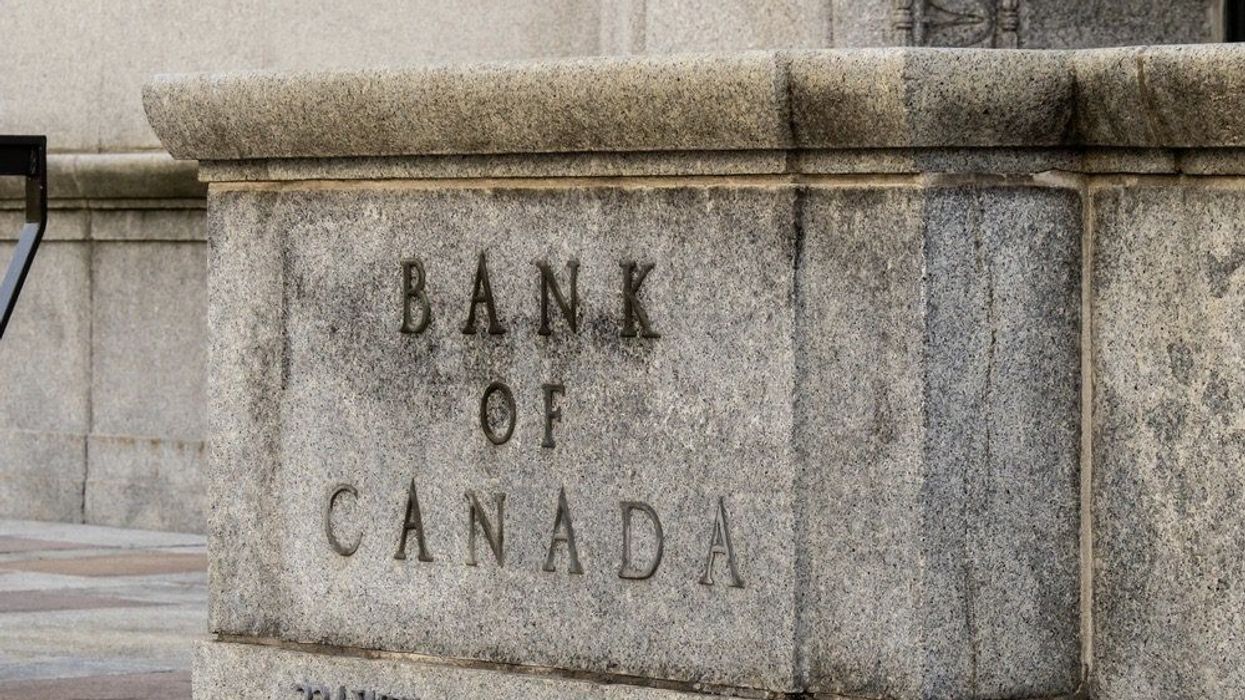According to figures released by Statistics Canada (StatCan) this morning, the country’s economy stalled in the second quarter of the year – but that could be good news on the interest rate front.
According to StatCan, the country’s economy contracted at an annualized rate of 0.2% in the second quarter of 2023. Notably, this figure was lower than the 1.5% growth predicted by the Bank of Canada. In the report, StatCan revised growth for Q1 to an annual pace of 2.6%, down from 3.1%.
Much of the second quarter’s weakness was due to a 0.2% drop in output in June.
Not surprisingly, in our current climate of sky-high interest rates and home prices, investment in housing continued to fall in the second quarter of the year. This, says StatCan, was led by a drop in new construction.
Housing investment fell to 2.1%, marking its fifth consecutive quarterly decrease – something that clearly coincides with over a year of interest rate hikes. Meanwhile, new construction dropped 8.2% in the quarter, something that is occurring everywhere across the country except for Nova Scotia. Renovation activity was also down across the country, falling 4.3%.
Consumer spending increased slightly, up 0.2%, but this marked the smallest increase we’ve seen since the pandemic lockdowns in Q2-2021. Meanwhile, growth in real household spending slowed to 0.1% in Q2, compared to 1.2% in the first quarter. At a time when inflation is taking a major toll on the wallet and Canadians face higher borrowing costs, this is not surprising.
The figures reveal that the weakness in the second quarter was also due to lower inventory accumulations and slower growth in exports. Canada’s exports of goods and services climbed up 0.1% in Q2, relative to a 2.5% hike in Q1.
StatCan said that early estimates indicate that July’s GDP was essentially unchanged.
In August, the country’s inflation rate edged up as mortgage costs soared for the fifth straight month, seeing the largest increase on record. As for Canada’s central bank, it says it’s trying to bring inflation back to its target of 2%. Countless Canadians are eagerly anticipating another interest rate decision from the Bank of Canada (BoC) next week. In July, its key interest rate target inched up a quarter of a percentage point to 5%.
But these new stats reveal that the impacts of higher interest rates are starting to take effect, leading to a cooling economy with less consumer spending – exactly what monetary policy is supposed to do.
In response to this morning’s statistics, in their Daily Economic Update, RBC Economics suggested that the figures should “reinforce” expectations that the BoC will forego another rate hike.
“The small decline in Q2 isn’t entirely a surprise – earlier advance GDP estimates have been revision-prone on the past and there have been signs that the headwinds to economic growth from higher interest rates have been building under the surface,” reads the update. “But the data is now tracking well below the 1.5% per-quarter annualized growth rates the BoC has been assuming for the middle quarters of this year.”
RBC acknowledges that the central bank won’t put too much emphasis on a singular piece of data and that inflation is still persistent, at above-target rates. But a cooling economy could indeed signify some relief for borrowers.
“Evidence is building that the lagged impact of earlier rate hikes are beginning to work more significantly to cool GDP growth and labour markets, and that should mean inflation pressures will continue to gradually slow,” reads the update. “Policymakers will want to leave the door open to re-starting hikes down the road if necessary. But if the unemployment rate continues to drift higher, as we expect, as re-start won’t be necessary.”
So, at least there’s that.





















